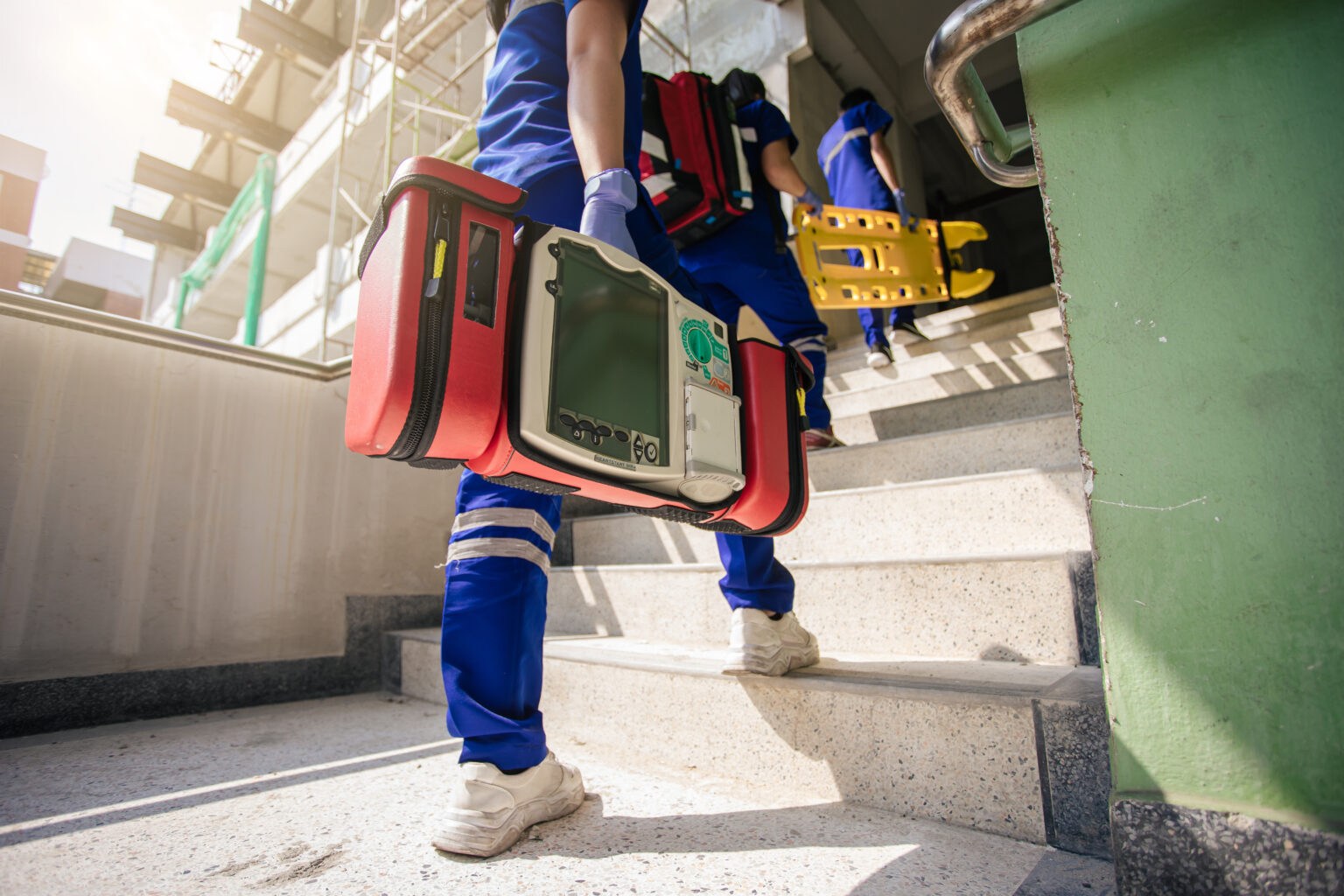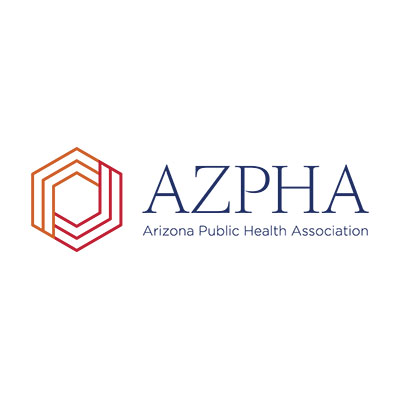 March 5, 2024
March 5, 2024
By: Cory H. Cannady, BCBA, LBA, DBH Candidate at Cummings Graduate Institute for Behavioral Heath Studies, written for the course DBH 9016 – Suicidology and Phenomenology
Prevalence of Suicide Among First Responders
Suicide is the 10th leading cause of death for Americans of any age claiming the lives of 47,000 people in 2017 (Vigil et al., 2020). Suicidal ideation, suicide attempts, and completed suicide, however, are at a significantly and disproportionately higher rate among first responders including law enforcement officers, firefighters, and emergency medical personnel (Aldrich & Cerel, 2022; Ringer et al., 2021; Stanley et al., 2019; Streeb et al., 2019). Among these, firefighters are at the highest risk for suicide compared to the other professions (Streeb et al., 2019). This may be attributed to many different factors that will be discussed later.
 According to Aldrich and Cerel (2019) a little over 25% of firefighters considered suicide, and around 12% made a suicide plan. Streeb et al. (2019) reported even higher rates of suicidal ideation (46.8%), suicide plans (29.2%), and suicide attempts (15.5%) among firefighters. This is at a higher rate than the general population which is around 5.6-14.3%, 3.9%, and 1.9-8.7% respectively (Streeb et al., 2019). Though there is more research on the suicidal behavior of firefighters these numbers are also higher for other first responders including law enforcement officers and emergency medical personnel. According to Vigil et al. (2022) 298 firefighter suicides and 84 emergency medical personnel suicides were recorded between 1999-2017. There is no doubt a need for investigation into causal and preventative factors of suicide in first responders.
According to Aldrich and Cerel (2019) a little over 25% of firefighters considered suicide, and around 12% made a suicide plan. Streeb et al. (2019) reported even higher rates of suicidal ideation (46.8%), suicide plans (29.2%), and suicide attempts (15.5%) among firefighters. This is at a higher rate than the general population which is around 5.6-14.3%, 3.9%, and 1.9-8.7% respectively (Streeb et al., 2019). Though there is more research on the suicidal behavior of firefighters these numbers are also higher for other first responders including law enforcement officers and emergency medical personnel. According to Vigil et al. (2022) 298 firefighter suicides and 84 emergency medical personnel suicides were recorded between 1999-2017. There is no doubt a need for investigation into causal and preventative factors of suicide in first responders.
Causal Factors
Many factors associated with the jobs of first responders may contribute to the rate of suicide among this population. Among these arise a few theories that may account for, to an extent, a predisposition or genetic factor related to suicidal ideation and completion. Outside of these theories regular causal pathways include ongoing work-related stress, post-traumatic stress disorder, high rates of anxiety and depression, sleep disturbances, and alcohol use (Aldrich & Cerel, 2022; Vigil et al., 2019)
Eusociality and Suicide
Ringer et al. (2021) discuss a eusociality-based account for suicidal behavior among first responders. This theory introduces that eusociality is where every member of a society has a specific role to play within the society. Those of first responders fall into the public defender positions within society, and thereby have a need to defend the society in whatever capacity they can such as putting out fires, aiding those with medical emergencies, or defending against threats to the society. Many of these positions also take an oath of office requiring their ongoing defense of society.
Within this theory, there may be a genetic factor associated with enrolling in this type of service which includes certain similar characteristics across individuals. These include a self-sacrificial understanding that may be a part of their job, a heightened tolerance for pain, regular want to exercise, and the want and/or need to serve others (Ringer et al., 2021). These characteristics, though maybe genetic, may cause one’s interest in beginning a career as a first responder.
 Also within this framework there are explanations for suicidal behavior. Perceived burdensomeness, guilt, and self-disgust may contribute to suicidal behavior (Ringer et al., 2021). All of these reasons for suicidal behavior are a direct result of the actual chosen career.
Also within this framework there are explanations for suicidal behavior. Perceived burdensomeness, guilt, and self-disgust may contribute to suicidal behavior (Ringer et al., 2021). All of these reasons for suicidal behavior are a direct result of the actual chosen career.
Perceived burdensomeness may come from being unable to contribute to the team at an equal level as others due to many reasons such as mental or physical health problems, poor decision making on a scene, or unable to connect with other team members. Guilt and self-disgust most often are associated with outcomes from a scene that were uncontrollable but one feels responsible for.
Suicide within this framework occurs when one’s societal obligation is unmet in one way or another causing the individual to interpret a dysfunction in the self-sacrificial aspect of the job leading to increased burdensomeness, guilt, and self-discust (Ringer et al., 2021). This theory only provides rationale behind suicidal behavior but does not address factors that may prevent suicidal behavior or outcomes.
Interpersonal-Psychological Theory of Suicide
Similar to the eusociality theory of suicide, Streeb et al. (2019) discuss the Interpersonal-Psychological Theory of Suicide (IPTS). This theory poses that a person must believe in three constructs to engage in lethal suicidal behaviors which are thwarted belongingness, perceived burdensomeness, and acquired capability for suicidal behavior (Streeb et al. (2019).
It is only when one possess all three of these characteristics that a lethal suicide attempt is made. First responders have an elevated risk of attaining all three characteristics related to their work experience. Thwarted belongingness is the disconnection of belonging to one’s team for interpersonal reasons, work capability, and shared workload (Streeb et al., 2019). Perceived burdensomeness are represented in the same way as the eusociality theory, and acquired capability is increased due to close proximity of firearms, medications, chemicals, and other substances often used by first responders.
 Other Causal Factors
Other Causal Factors
Most other causal factors are related to the everyday responsibilities of first responders. One of the most prevalent causal factors is the increased exposure to traumatic events over time. This is true for firefighters, law enforcement officers, and emergency medical personnel. Truama exposure over time may also lead to post-traumatic stress disorder (PTSD) among first responders which positively correlates to suicidal ideation and attempts (Stanley et al., 2019).
Streeb et al., (2019) reported that 36.7% of firefighters had faced the threat of injury or their own death, 37.8% faced the threat of injury or death for a team member, and 61% responded to incidents that resulted in death of one or more persons. Aldrich and Cerel (2022) reported that law enforcement officers encounter around 2.17 suicide calls per year. This exposure to trauma and suicide itself is reported to increase rumination about suicide and suicidal ideation.
Alcohol use and sleep disturbances are other leading causal factors related to first responders’ suicidal behavior (Vigil et al., 2021). Alcohol use is often seen as a suppression system for dealing with everyday trauma associated with first responders’ work, and sleep disturbances occur as part of their regular work experience and expectation to respond to calls at any point during the day or night. All of these factors may compound on each other to further heighten the risk of suicide among the first responder population.
Treatments and Buffers
Mishara and Fortin (2022) found that simple educational and resource opportunities can significantly decrease suicide among first responders. They reported on a study where a half-day educational opportunity about suicide was offered to all law enforcement officers and a full-day workshop on suicide was required for anyone in a supervisory role in a town in Quebec, Canada. Implemented alongside this was a 24-hour phone line where psychiatrists could assist someone after a serious incident or help intervene during times of suicidal ideation. Mirshara and Fortin (2022) report that suicide among these law enforcement officers had reduced by over 50% in a 22 year follow-up study.
 Having a supportive social network is also attributed with reduced suicide among first responders (Ringer et al., 2021; Streeb et al., 2019). This may be due to having a positive social outlet who acts as a third party when trying to analyze a situation providing a different perspective than someone who was at the scene as when debriefing with a team member. Positive social networks are seen as protective for other mental health problems as well such as PTSD, anxiety, and depression.
Having a supportive social network is also attributed with reduced suicide among first responders (Ringer et al., 2021; Streeb et al., 2019). This may be due to having a positive social outlet who acts as a third party when trying to analyze a situation providing a different perspective than someone who was at the scene as when debriefing with a team member. Positive social networks are seen as protective for other mental health problems as well such as PTSD, anxiety, and depression.
Stanley et al. (2019) report that interventions that include mindfulness as well as treatments used for PTSD would also be beneficial in reducing suicide among first responders. They cite Acceptance and Commitment Therapy (ACT), Dialectical Behavior Therapy (DBT), and mindfulness-based Cognitive Therapy as being beneficial for treating suicidal ideation and rumination among first responders (Stanley et al., 2019). They also report that DBT and prolonged exposure (PE) together proved more effective in reducing suicide attempts than DBT alone (Stanley et al., 2019).
Conclusion
Many causal factors and potential genetic predispositions create a perfect storm effect when reviewing suicide among first responders. Continued exposure to traumatic events leads to poor mental and physical health outcomes for this population which may exacerbate suicidal ideation. Some research shows, however, promising interventions for helping prevent suicide among first responder populations. There needs to be continued research in this area as suicide among first responders is still a very prominent health problem among this population.
References
Aldrich, R. S., & Cerel, J. (2022). Occupational Suicide Exposure and Impact on Mental Health: Examining Differences Across Helping Professions. Omega, 85(1), 23–37. https://doi.org/10.1177/0030222820933019
Mishara, B. L., & Fortin, L.-F. (2022). Long-term effects of a comprehensive police suicide prevention program: 22-year follow-up. Crisis: The Journal of Crisis Intervention and Suicide Prevention, 43(3), 183–189. https://doi.org/10.1027/0227-5910/a000774
Ringer, F. B., Rogers, M. L., Podlogar, M. C., Chu, C., Gai, A. R., & Joiner, T. (2021). To support and defend: A eusociality-based account of suicide in US military service members and first responders. Clinical Psychology: Science and Practice, 28(4), 380–390. https://doi.org/10.1037/cps0000033
Stanley, I. H., Boffa, J. W., Tran, J. K., Schmidt, N. B., Joiner, T. E., & Vujanovic, A. A. (2019). Posttraumatic stress disorder symptoms and mindfulness facets in relation to suicide risk among firefighters. Journal of Clinical Psychology, 75(4), 696–709. https://doi.org/10.1002/jclp.22748
Streeb, N., Shoji, K., & Benight, C. C. (2019). The Capability for Suicide in Firefighters. Suicide & Life-Threatening Behavior, 49(4), 980–995. https://doi.org/10.1111/sltb.12500
Vigil, N. H., Beger, S., Gochenour, K. S., Frazier, W. H., Vadeboncoeur, T. F., & Bobrow, B. J. (2021). Suicide Among the Emergency Medical Systems Occupation in the United States. Western Journal of Emergency Medicine: Integrating Emergency Care with Population Health, 22(2), 326–332. https://doi.org/10.5811/westjem.2020.10.48742






























